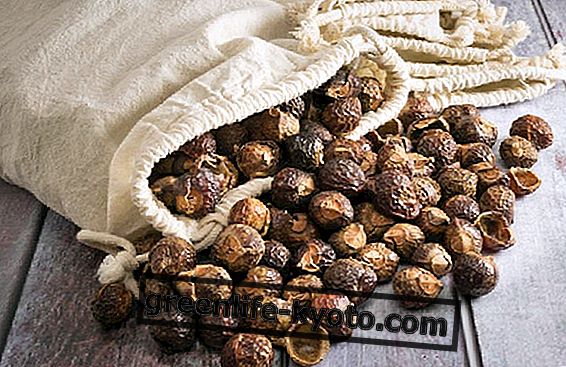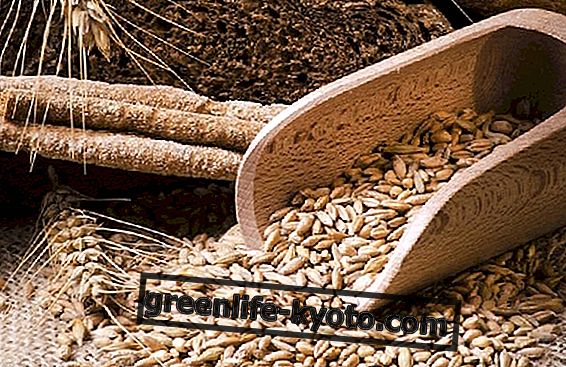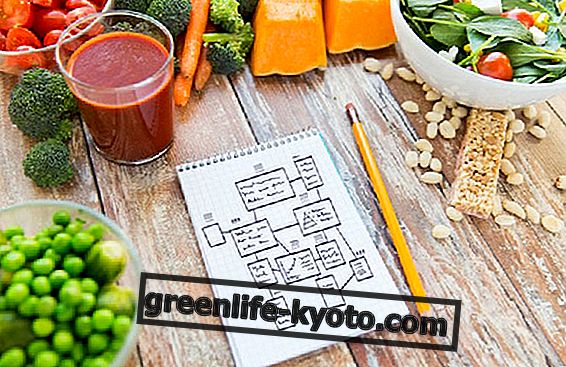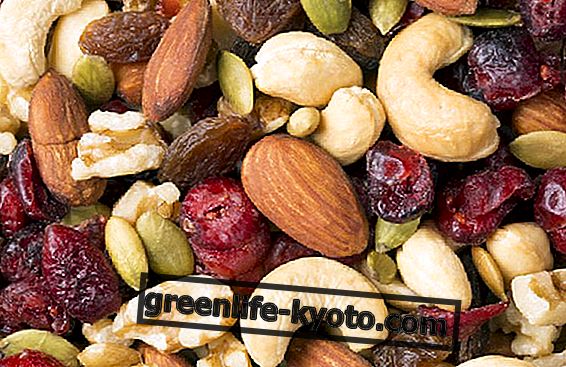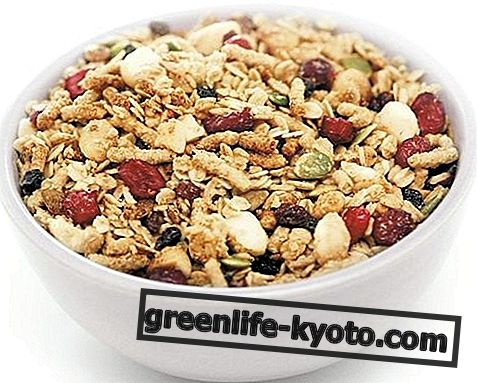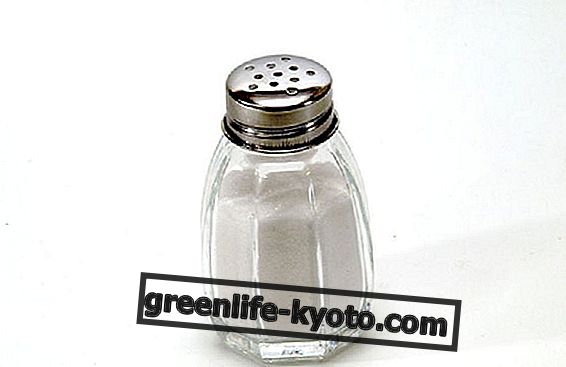The gac, the fruit of Momordica cochinchinensis, is rich in carotenoids and zeaxanthin, useful for protecting the eyes and eyesight. Let's find out better.
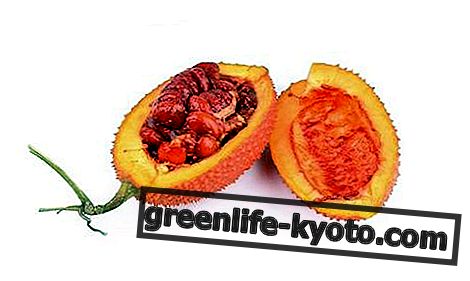
Description of the plant
From the vast area of South East Asia, which includes Thailand, Vietnam, China and Laos in particular, comes a fruit with a particular appearance and surprising nutritional properties: Momordica cochinchinensis, generally known as gac or gac fruit, due to the word Vietnamese attributable to spherical-shaped fruits.
It is a semi-wild creeper that produces fruits that reach about 15 centimeters in diameter and a beautiful orange color when ripe. The peel is covered with small points and has a consistency similar to that of a balloon. The pulp (arils) inside is deep red and looks like a gel that hides the seeds, as happens in different sizes for jackfruit or pomegranate. It is almost tasteless, although its consumption is considered refreshing and pleasant.
Gac, ally of
Eyes, skin, immune system, heart, prostate.
Calories, nutritional values and properties of the gac
The gac contains 40 kcal per 100 g. The so intense colors of the peel and the pulp of the gac are an unmistakable index of its content: high content of carotenoids, especially provitamin A, ten times more than carrots (the children of the populations that use them widely have beta content) carotene in the blood among the highest) and lycopene, the latter about seventy times the amount contained in tomatoes.
It also contains zeaxanthin, excellent for protecting ocular tissues against UVA rays, and vitamin E. The large quantity of provitamin A is converted in the body into vitamin A, which is important for creating and strengthening lymphocytes and therefore the immune system.
Lycopene has important antioxidant and therefore anti-aging and preventive qualities of tumors (especially prostate cancer) and arteriosclerosis. In alternative medicines it is used in cases of anemia and burns and wounds. The yellowish membrane that surrounds the rocks is very rich in luteila and gallic acid.
Gac, like tomatoes, among foods rich in lycopene: discover the properties

Contraindications
All the research carried out on the consumption of the gac (especially Japanese, Vietnamese and US) agree in attributing to it only beneficial properties. Because of these, however, it can happen to see products based on gac advertising them as "miraculous panacee able to cure serious pathologies", resulting in misleading advertising .
Curiosity on the gac
- The gac is used in many ceremonial dishes in southern China and Vietnam, especially at weddings and celebrations for the beginning of the new year.
- Following studies carried out by Japanese universities, in Japan and in the United States, the GAC was promoted with food capable of preventing and combating various forms of cancer .
How to eat
The gac can be eaten fresh, cutting the peel in two and eating the contents with a spoon. The skin is soft and not firm like that of a melon, so it is useful to help yourself with a dish.
Inside the arils are large woody and knurled seeds, so it is important to be careful not to bite them with force. The traditional kitchens of South East Asia provide it as an ingredient in many rice dishes: its pulp works perfectly as a gelling agent and thickener . Both in the areas of origin and in the United States it is also sold in the form of puree or juice.

